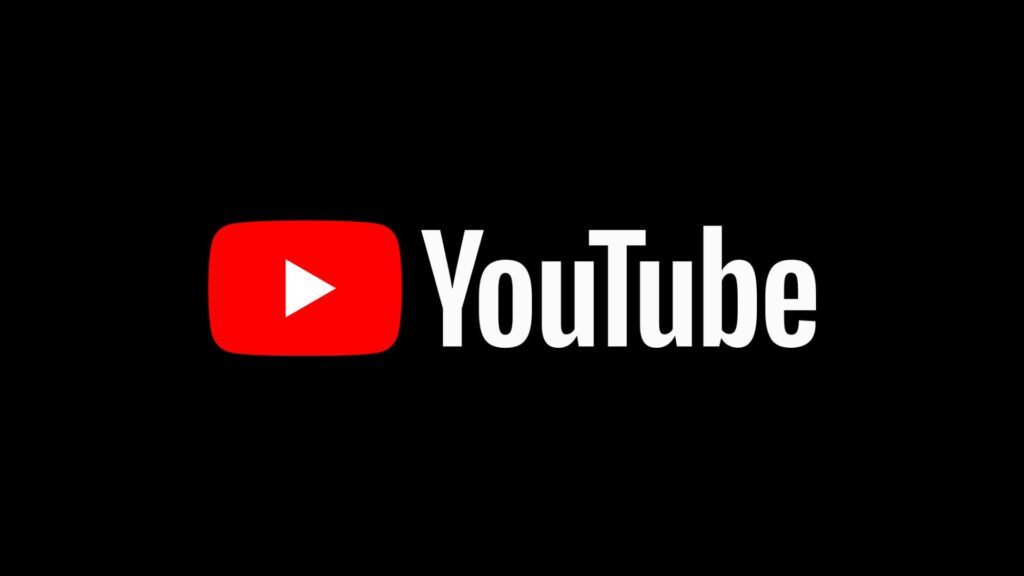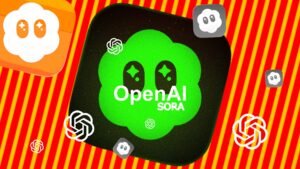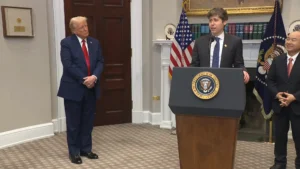
YouTube Introduces AI-Powered Tool for Automatic Video Dubbing
•YouTube is developing an AI-powered tool that will automatically dub videos into different languages.
•The tool is still in development, but it is already capable of producing high-quality dubs.
•The tool will be rolled out to all YouTube creators in the coming months.
•The tool has the potential to make YouTube content more accessible and engaging to a global audience.
KEYPOINTS
•The tool is being developed by YouTube's Area 120 experimental project incubator.
•The tool also includes other AI-powered features, such as automatic translation and closed captions.
•YouTube is not the only company developing AI-powered dubbing tools. Other companies, such as Google Translate and Facebook, are also working on similar tools.YouTube is set to transform video dubbing with its latest AI-powered tool, allowing artists to automatically dub their videos into various languages. Developed by YouTube’s Area 120 experimental project incubator, this tool harnesses the power of machine learning to identify the speaker in a video and generate a dub in the desired language.
A YouTube spokesperson expressed enthusiasm about the tool, stating, “We believe that this tool has the potential to make YouTube even more accessible to people around the world. We’re excited to see how creators use it to reach new audiences.” The company plans to roll out this feature to all YouTube creators in the coming months.
This cutting-edge technology not only includes automatic dubbing but also encompasses other AI-powered features like automatic translation and closed captions. These additions are aimed at enhancing accessibility for individuals who speak different languages or have hearing impairments.
The introduction of the AI-powered dubbing tool signifies a significant stride forward for YouTube, expanding its reach to a wider audience and underscoring its commitment to enhancing user experiences through AI integration. With its potential to transform the process of video dubbing, the tool offers creators an easier pathway to reach new viewers while simultaneously improving the overall quality of dubbing.
While YouTube leads the charge in developing AI-powered dubbing tools, other industry players like Google Translate and Facebook are also making strides in this arena. The emergence of these tools reflects the growing importance of AI in the realm of video production. As AI technology continues to advance, we can expect even more innovative and sophisticated AI-powered dubbing tools in the future.
YouTube Aims to Break Language Barriers with AI-Powered Dubbing Tool
In a bid to make its platform more accessible to users worldwide, YouTube recently unveiled plans to launch an AI-powered tool for automatic video dubbing. The tool, currently in development, is scheduled for release in the coming months.
Statistics indicate that 75% of YouTube users watch videos in languages other than their native tongue, highlighting the necessity for tools that bridge language barriers. YouTube’s new AI-powered tool is designed to address this issue, making it easier for users to enjoy content in their preferred language, regardless of their linguistic skills.
The tool operates by analyzing the audio in a video and generating a transcript of the spoken words. This transcript then serves as the foundation for creating a dubbed version of the video in the desired language. Although still in the developmental phase, the tool is already capable of producing high-quality dubs.
YouTube is presently conducting tests with a select group of creators, with plans to make the tool available to the general public in the near future.
Benefits and Challenges of Automatic Video Dubbing
Automatic video dubbing offers several advantages. First, it enhances the accessibility of YouTube content for users globally. Second, it expands the reach of creators who produce videos in languages other than English. Lastly, it promotes increased engagement by catering to a wider audience.
However, there are also challenges associated with automatic video dubbing. The quality of the dubs may vary based on the original video’s audio quality, and the tool can occasionally make errors in translation, leading to misinterpretations.
Conclusion
YouTube’s forthcoming AI-powered tool represents a promising step towards making its platform more inclusive for users worldwide. While there are challenges to overcome before its widespread release, the tool demonstrates YouTube’s commitment to improving accessibility. By eliminating language barriers, this tool has the potential to make YouTube content more accessible and engaging to a diverse global audience.






